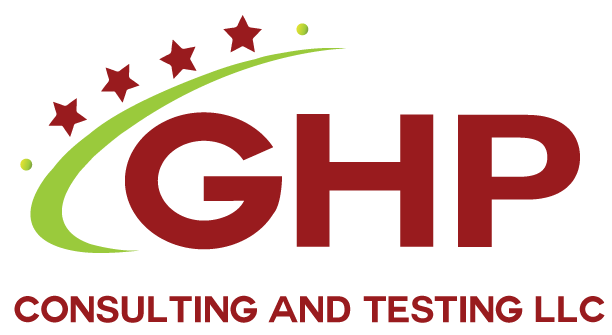Food Safety Modernization Act
Food-borne diseases have infected millions of people worldwide, of whom a significant proportion are hospitalized, and some die. But since the inception of FSMA, the food industry has been seeing a great improvement in its efforts to prevent food-borne illnesses and outbreaks.
FSMA Quick Look
On January 4, 2011, the Food Safety Modernization Act (FSMA) was enacted into the law, initiating a new era of food safety regulations. FSMA regulations aim to change the U.S. food safety system by focusing on prevention of food safety risks rather than reaction to food-borne illness. As the legislation evolved, the FDA settled on seven final rules for growers, processors, transporters, and food stores.
Foreign Supplier Verification Program (FSVP)
The Foreign Supplier Verification Program applies to all the U.S. food importers. Importers must conduct risk-based checks to ensure that the imported foods meets the U.S. FDA food safety standards. GHP conducts Food Safety Supplier Audit in this regard to verify foreign suppliers.
Produce Safety
The produce safety regulation sets minimum requirements for cultivating, harvesting, packing, and storing human food. This law protects raw foods produced at farms.
Anti-adulteration
This provision prevents intentional adulteration from acts that endanger public health, including food-related terrorism. All regulated facilities must prepare a protection plan with a vulnerability assessment, mitigation measures, production monitoring, corrective actions, and verification.
Sanitary Transport
Food and beverage firms must establish and maintain preventive controls for potential dangers and pollutants during transportation. FSMA requires food companies to meet the food transportation criteria, including temperature, time, vehicle condition, and good transportation practices.
Third-party Approval
This rule describes the framework, methods, and standards for accreditation entities seeking FDA registration and third-party certification bodies seeking accreditation.
Third-party accredited certifications provide quality evidence and VQIP eligibility verification.
Controls
This rule requires producers to create a food safety plan with extensive hazard assessments and science-based preventive procedures.
VQIP
The Voluntary Qualified Importer Program allows importers who pay a charge and meet eligibility conditions to import products more quickly and predictably. The VQIP’s safe food certification requirements ensure importers follow food safety rules.
Let’s Look At Five Steps For Easier FSMA Compliance.
Food Safety Audit
A Food Safety Supplier Audit is the first step toward FSMA compliance. Internal audits help companies prepare for FDA inspections and identify gaps within the facility. The FDA Current Good Manufacturing Practices (cGMP) contains 9 elements, which sets the foundation upon which FSMA is built.
Preventive Controls
After auditing possible risks, develop controls to mitigate them. Process regulations, allergen control, sanitation procedures, and training are examples of preventive controls. Your company’s food safety plan must identify the different hazards and establish preventive controls for them. You don’t want to brush over any part of the regulation and jeopardize your company’s brand.
Monitor Controls Closely
As your organization continues manufacturing, monitor, check, and validate these controls. This is is one of the most most important method to verify the food safety plan’s effectiveness. Each company tracks these controls differently. Organizations can measure temperature, monitor the environment, test items regularly, and use a data tracking system to ensure effectiveness.
Business Process Documentation
Next, track and document every FSMA plan component. This contains program proof, validation, test results, supplier documentation, and CAPAs. This is vital for company audits and FDA inspections. Without a compliance history, a safety check is impossible. A thorough, unified Quality Management System (QMS) can simplify this process.
IMPLEMENT QMS (QMS)
A quality management system can facilitate employee compliance and assign, track, and verify tasks. How to implement?
GHP Consulting and Testing LLC also conducts FDA label Review to ensure that our clients are in compliance with FDA regulations. The Food Safety Modernization Act ensures a global solid food chain and public safety, for which your product label is critical. Your company and customers profit from GHP FSMA consultant’s advice and by following the FSMA regulations. Use the five techniques we’ve provided to make your FSMA plan more effective.
